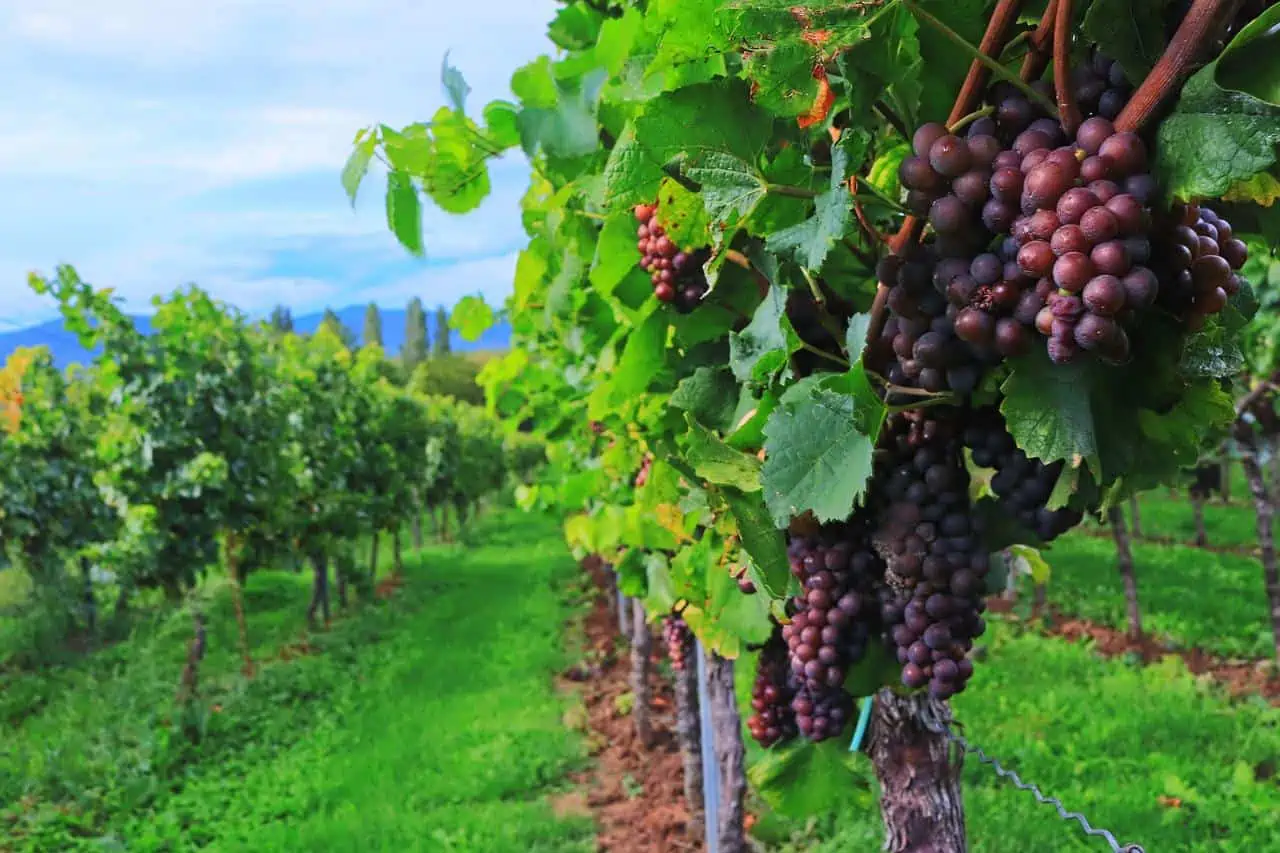Year 1: Pre-Planting - Costs
- The selected Winery site usually requires land preparation for planting of the vine seedlings and gardening prior to establishment years in the first year.
- There will be costs associated for operations including tile drainage installation, tillage practices, application of lime, fertilizers and organic manure in proper magnitude based on the soil test results.
- Plantations of a cover crop to prevent soil erosion and tress as a wind break should be made for optimization of the Winery farm establishment.
Year 2: Planting Year – Costs
- There is a significant capital investment requirement for the Winery in the year of planting. The cost of vine seedlings accounts much of the costs in the planting year, followed by labor and the cost of supplies for the trellis system for this particular farm.
- The labor expense will vary depending on the amount of labor needed to hire, the availability of the labor, and the wage expected by the labor pool available at the time of planting.
- For this particular farm, money will be saved by using the volunteering people and neighbor farmers as laborers which is valued even if not using cash to pay for it directly.
Year 3: Growth Year
- Vines are planted to grow and established well in the third year.
- There will be a need to incur costs in areas of labor, fertilizer, pesticides, stalks and tying materials.
- Consultants and trainers will be invited in occasions whenever assistance is needed.
- In the growing year there is no expectation for economic yield and so as any revenue.
- The Winery farm will require 1,539 vines.
- This is calculated based on the supposition that the vines are planted at 1.3 m spacing in 40 rows 50 meters in length spaced at 2.5m apart.
- The costs of vines will vary depending on seasonality and the cultivars. The estimated cost for this farm is USD 0.5/vine.
Production Years: Fourth Year and Beyond
- Economic yield will begin to emerge in the fourth year of the establishment in most Winery farms.
- Starting from the fourth year a grower can expect return in the expense of his costs.
- There might be extensions of the first harvest years due varieties and whether conditions.
- Particularly local grape juice cultivars will give yield 4 to 6 years.
- It is not expected to receive the yield of satisfactory grape fruits in the first year of harvest.
- A Winery rarely may bear grape fruits even in year three however for a feasible achievement let revenue be considered in year four and beyond.
- Production years of a vine yard will have almost similar trends of expenses and economic yield at least up to twenty years.
- However, there should be expectations of some production constraints, risks, catastrophes and changing costs which will demand additional expenses.
- The general expectation of revenue trends in most Winery farms revealed that, there is an increase throughout the production years.
- Particularly in Tanzania there is a linear increase in demand of fruits so as the market price will influence positively the revenue of such enterprises that are very limited in number.
- A matured Winery generally is expected to have a yield between 5 and 10 tons/ha. Winery yield is highly determined by grape cultivars, the viticulture, fertility and pruning practices.
- Sugar content of grape fruit is associated with the yield and sugar, generally, it is believed to be: the higher the yield the lower the sugar.
- There are possibilities of harvesting high sugar content fruits in a simple practice which is reducing fruiting flowers through pruning and topping. The same might be possible to increase yield rather than sugar by leaving many bunches of flowers and fruiting branches to bear fruits.


